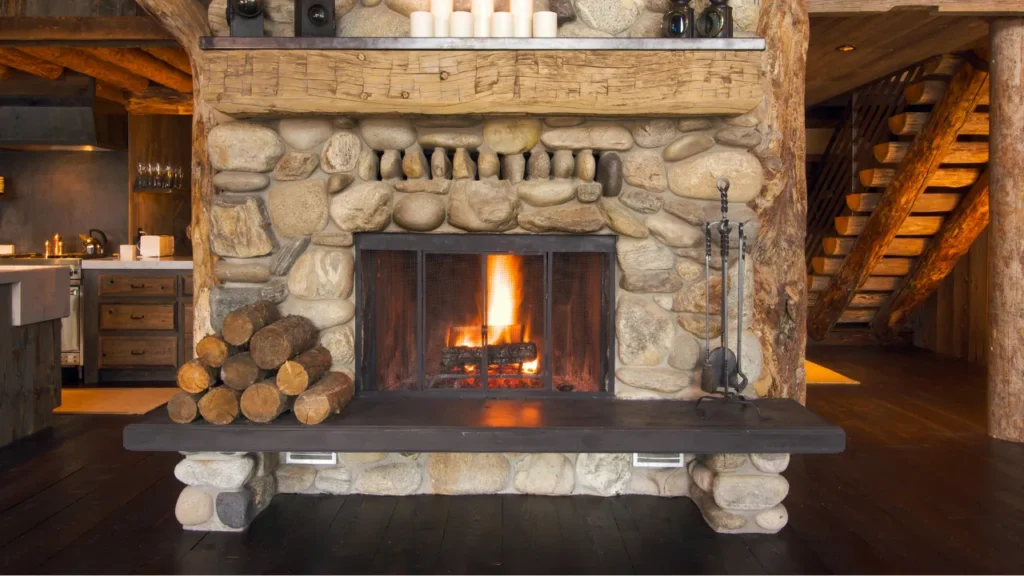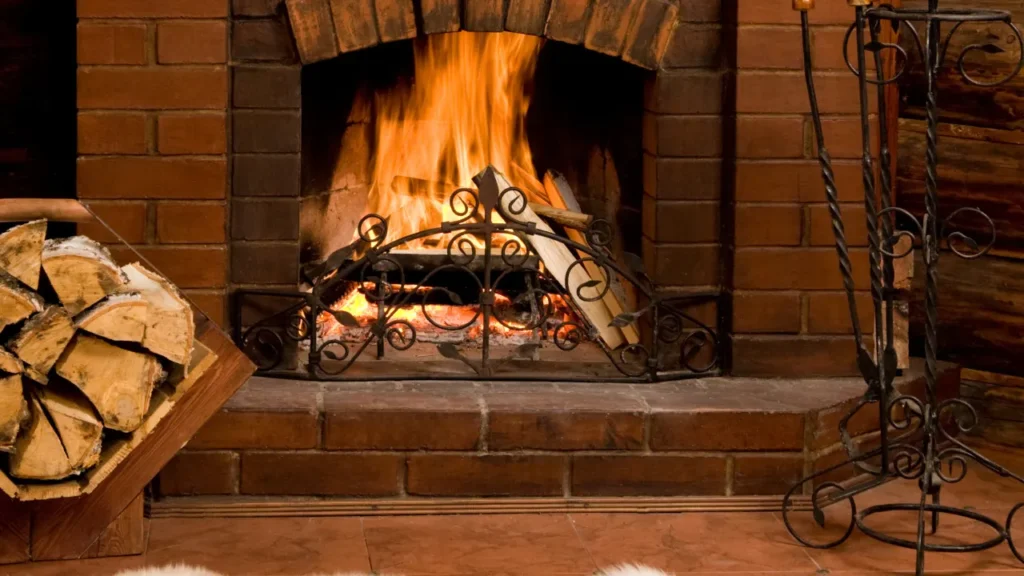Installing a flush hearth wood floor can elevate the look of your home while providing practical benefits for your fireplace setup. However, as with any project involving intricate craftsmanship, it’s essential to follow best practices to ensure a smooth installation.
From planning to material selection, knowing the expert dos and don’ts can save you from common pitfalls and help you achieve a seamless finish.
What is a Flush Hearth?
A flush hearth refers to a fireplace hearth that sits level with the surrounding flooring. Unlike raised hearths, which extend above the floor, flush hearths create a more streamlined appearance, making the fireplace seem integrated with the rest of the room.
This minimalist design choice is popular in modern homes.
Difference Between Flush and Raised Hearths
While a flush hearth offers a sleek look, raised hearths are more traditional, often used to make the fireplace a focal point.
Raised hearths can also provide extra seating or storage space, while flush hearths keep things minimalist.
| Dos | Don’ts |
|---|---|
| Do Proper Planning and Measurements | Don’t Ignore Local Building Codes |
| Do Choose the Right Materials | Don’t Overlook Subfloor Conditions |
| Do Consult with a Professional | Don’t Rush the Installation Process |
| Do Ensure Adequate Ventilation | Don’t Use Improper Tools |
| Do Proper Sealing and Protection | Don’t Skip Moisture Barriers |
| Do Regular Maintenance | Don’t Mismatch Flooring Heights |
Dos of Installing a Flush Hearth Wood Floor
Do Proper Planning and Measurements
Start by measuring the space meticulously. A flush hearth must align perfectly with your existing floor, so be sure to account for any height differences.
Miscalculations at this stage can lead to awkward gaps or uneven surfaces.
Do Choose the Right Materials
Not all wood types are suitable for hearths. You’ll want to pick wood that’s durable and heat-resistant, such as oak, maple, or hickory.
Additionally, ensure the materials meet fire safety standards to avoid potential hazards.
Do Consult with a Professional When Necessary
While DIY projects can be rewarding, installing a flush hearth requires a level of precision that may warrant expert help.
Consulting with a professional ensures that your installation complies with local building codes and safety regulations.
Do Ensure Adequate Ventilation
Proper ventilation is critical when installing a hearth, especially if your fireplace is wood-burning.
Ensure that there’s enough airflow to prevent smoke buildup, which can damage your wood floor over time.

Don’ts of Installing a Flush Hearth Wood Floor
Don’t Ignore Local Building Codes
Local building codes vary, and it’s vital to understand the requirements for your area.
Ignoring these regulations can result in penalties, or worse, an unsafe installation.
Don’t Overlook Subfloor Conditions
The subfloor must be in excellent condition before you install a flush hearth.
Any moisture or instability in the subfloor can compromise the hearth’s stability and durability.
Don’t Rush the Installation Process
Installing a flush hearth requires patience and attention to detail.
Rushing through the process can lead to mistakes that are difficult and expensive to fix later on.
Don’t Use Improper Tools
Using the wrong tools during installation can cause damage to both the wood floor and the hearth.
Make sure you have the appropriate saws, measuring equipment, and leveling tools to ensure a precise finish.
Tips For Choosing the Right Flush Hearth Wood Floor
-
Certain woods are better suited for hearths due to their resistance to heat and wear. Oak and maple are popular choices for their strength and longevity.
-
The wood you choose must be able to withstand the heat from the fireplace. Not all woods are created equal, so make sure you pick one that won’t warp or crack under heat exposure.
-
Beyond functionality, consider how the wood’s grain and color complement the rest of your home. Darker woods tend to offer a more rustic feel, while lighter woods can make a room feel spacious and airy.

Common Mistakes to Avoid
-
Proper sealing is essential for protecting the wood against heat and potential water damage. Neglecting this step can lead to premature wear and tear.
-
Moisture can be a serious issue, especially in homes with high humidity or damp climates. Installing a moisture barrier beneath the hearth ensures that your wood floor won’t be compromised.
-
One of the biggest mistakes is mismatching the height of the hearth with the surrounding floor. This can create tripping hazards and disrupt the seamless look of a flush hearth.
Maintenance Tips After Installation
-
Keeping your flush hearth in pristine condition requires regular cleaning and occasional polishing. Dust and soot can accumulate quickly, so a weekly cleaning routine can go a long way.
-
Regular inspections for cracks, warping, or signs of wear will help you catch small issues before they turn into expensive repairs.
-
Consider using a heat-resistant rug or mat in front of the hearth to protect the wood floor from direct exposure to heat and ash.
Why Professional Installation is Important
Hiring a professional from the start can save you from costly mistakes. Incorrect installation can lead to structural problems, which may require expensive repairs down the line.
Professionals ensure that your hearth installation meets all necessary safety standards, reducing the risk of fire hazards and other issues.
You May Also Like to Read:
FAQs
What type of wood is best for a hearth?
Oak, maple, and hickory are excellent choices due to their durability and heat resistance.
Can I install a flush hearth on my own?
While it’s possible to install it yourself, consulting a professional is recommended for safety and precision.
How do I maintain a flush hearth wood floor?
Regular cleaning, sealing, and inspection for damage are key to maintaining its condition.
Is a flush hearth suitable for all types of fireplaces?
Flush hearths work well with most fireplaces but are particularly suited for modern, minimalist designs.
How much does professional installation cost?
The cost varies depending on the size of the project, but professional installation typically ranges from $500 to $2,000.
Affiliate Disclosure: Fireplaceadviser.com is a participant in the Amazon Services LLC Associates Program. We may earn a commission when you click on certain links on this site and purchase.

Hello!! I am Jamal Khan. I often fix my home electric heaters and gas stove problems and research the common issues in the heating units to improve my knowledge and expertise. The aim of establishing fireplaceadviser.com is to share my expertise and knowledge with my audience.












